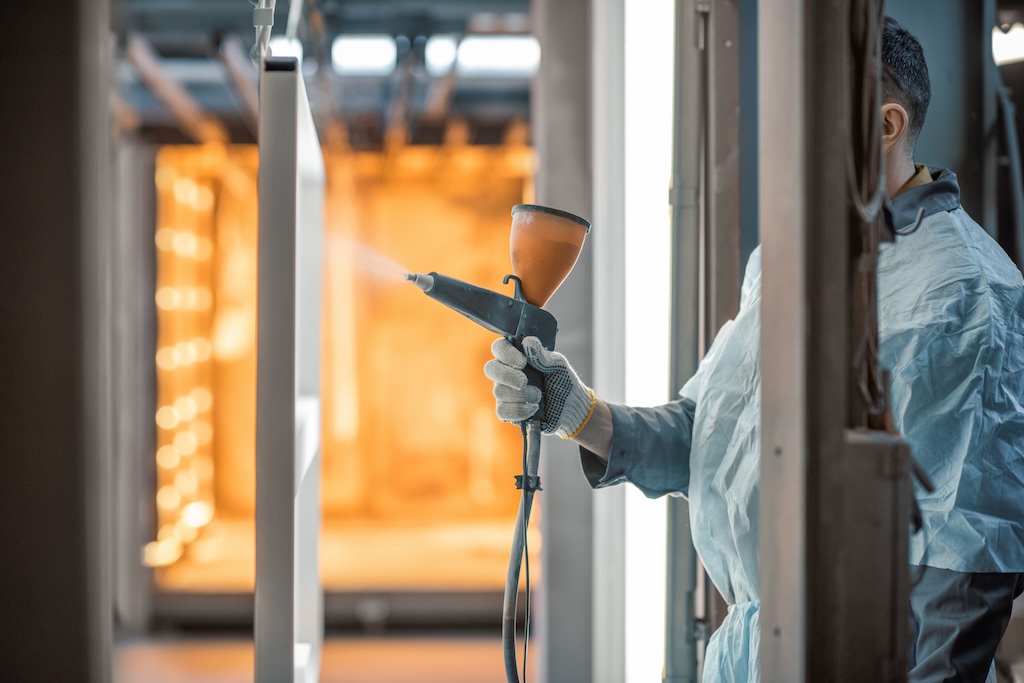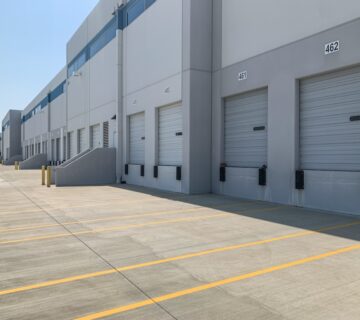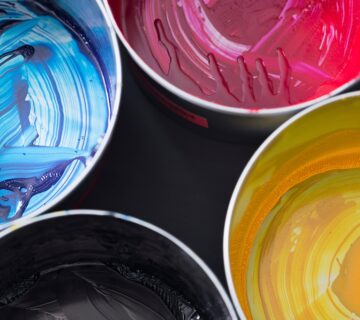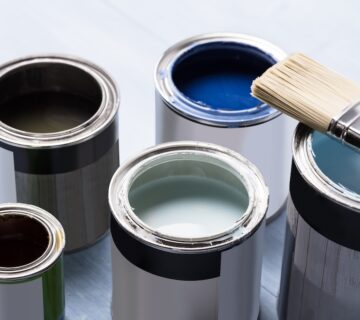Painting on plastic surfaces presents a unique challenge due to their non-porous nature, which impedes adhesion. Overcoming this hurdle demands the application of appropriate techniques and materials to achieve a durable, visually pleasing finish that endures. A successful paint job on plastic necessitates the use of special paints tailored explicitly for plastic surfaces, coupled with meticulous surface preparation to facilitate proper adhesion. Throughout this blog, we’ll delve into effective strategies for painting on plastic surfaces, highlighting the significance of each step in the process to attain a professional-grade outcome that boasts longevity. Understanding the characteristics of plastic surfaces and how they interact with paint is fundamental to achieving optimal results.
Choosing the Right Paint
Choosing the right paint for plastic surfaces is paramount. Not all paints adhere adequately to plastic, emphasizing the necessity of selecting a paint specifically formulated for such substrates. These specialized paints incorporate additives that enhance adhesion and flexibility, rendering them ideal for plastic applications. Failure to use the appropriate paint can result in flaking or peeling on smooth plastic surfaces, underscoring the importance of this selection process. Consulting with experts or conducting thorough research can aid in identifying the most suitable paint for your plastic project.
Surface Preparation
Surface preparation serves as a foundational step in ensuring proper paint adhesion. Thoroughly cleaning the plastic surface to remove any grease, oils, or dirt is imperative to eliminate obstacles to adhesion. Additionally, lightly sanding the surface with fine-grit sandpaper creates a textured surface that promotes better paint adhesion. Inadequate surface preparation can lead to paint failure, including poor adhesion or premature peeling, underscoring the critical nature of this preparatory step. Taking the time to meticulously prepare the surface lays the groundwork for a successful and long-lasting paint job.
Priming the Surface
Priming the plastic surface is a crucial intermediary step that significantly enhances paint adhesion and establishes a robust foundation for subsequent coats. Primers designed for plastic surfaces offer a base for the paint to adhere to, facilitating even color application. This step is particularly vital when dealing with plastic that inherently resists paint, ensuring the longevity and durability of the final finish. Investing in a high-quality primer formulated specifically for plastic surfaces can make a substantial difference in the overall quality and durability of the painted surface.
Applying the Paint
Achieving a smooth, professional finish hinges on the application of paint in thin, even layers. Spray paints often offer the most efficient and effective means of painting plastic, delivering a uniform coat without brush marks. Allowing each layer to fully dry before applying the next prevents texturing or color inconsistencies, necessitating patience but yielding a flawless final coat that enhances the plastic surface. Proper ventilation during painting is also essential to ensure an even application and avoid issues such as paint pooling or dripping.
Dealing with Paint Runs and Drips
Addressing paint runs or drips requires patience and precision to avoid exacerbating surface damage. Waiting for the paint to fully dry before gently sanding imperfections and carefully reapplying paint ensures a seamless finish. Attentiveness during this step is vital to achieving a professional-quality appearance and minimizing blemishes on the final surface. Utilizing specialized tools, such as fine-grit sandpaper and precision brushes, can aid in achieving a smooth and flawless finish.
Sealing the Paint
Sealing the paint once it has dried enhances its durability and longevity, protecting against scratches and wear. Utilizing a clear sealer specifically designed for plastic surfaces ensures compatibility with the paint type and enhances the overall aesthetic. This final step provides a polished, durable surface that maintains its appearance over time, prolonging the lifespan of the painted plastic. Regular maintenance, such as cleaning and reapplication of sealant as needed, can further extend the longevity of the paint job.
Avoiding Direct Sunlight
Mitigating the detrimental effects of direct sunlight on painted plastic surfaces is crucial for preserving the integrity of the paint job. Positioning painted items in shaded areas or employing UV-protectant sprays can extend the lifespan of the paint, particularly for outdoor plastic exposed to daily environmental elements. These measures safeguard the paint’s integrity, ensuring a long-lasting finish that withstands environmental stressors. Additionally, periodic inspections and touch-ups can help address any signs of fading or damage before they become more significant issues.
Final Thoughts
Painting on plastic surfaces requires special consideration, from selecting the right paint to proper surface preparation and application techniques. Following these tips ensures that your paint job on plastic surfaces is not only successful but also withstands the test of time. Attention to detail throughout the process is crucial in achieving a durable and visually appealing finish that enhances the plastic surface and maintains its quality over time. For more painting tips and advice, visit our website at sisupainting.com and our blog at sisupainting.com/blog.





No comment